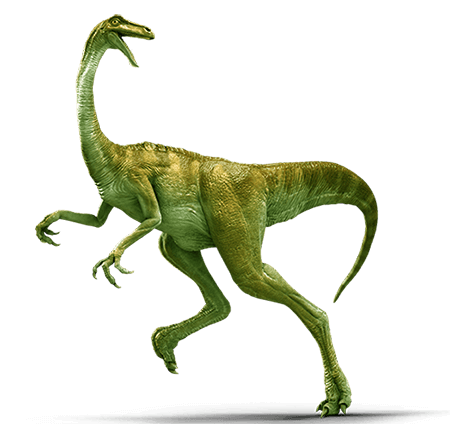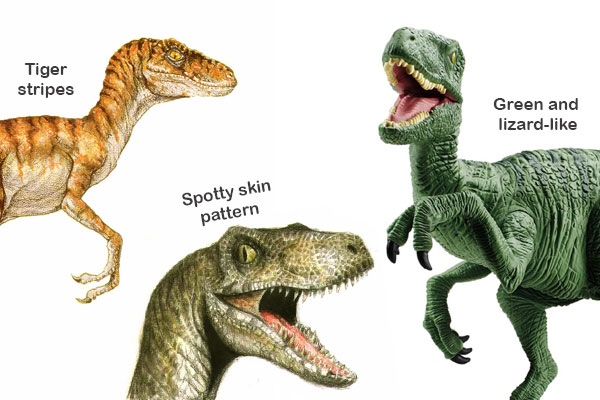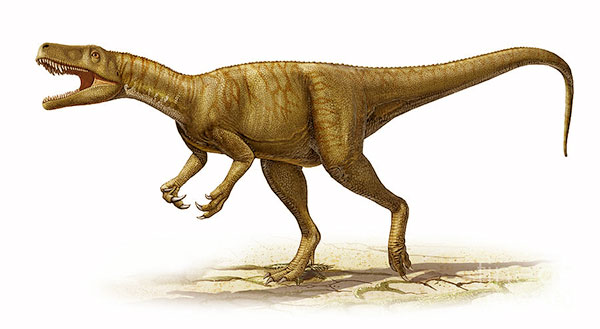 When threatened, animals will try to avoid a fight, and dinosaurs probably behaved much like other animals. Gallimimus was one of the fastest dinosaurs, possibly sprinting at speeds up to 80 kmh (50 mph) to out run predators. Other dinosaurs found different ways to keep out of harm’s way. Some developed skin that was coloured and patterned to blend in with their environments. Others kept to the safety of the herd. A few dinosaurs could even make sounds that signaled the approach of danger.
When threatened, animals will try to avoid a fight, and dinosaurs probably behaved much like other animals. Gallimimus was one of the fastest dinosaurs, possibly sprinting at speeds up to 80 kmh (50 mph) to out run predators. Other dinosaurs found different ways to keep out of harm’s way. Some developed skin that was coloured and patterned to blend in with their environments. Others kept to the safety of the herd. A few dinosaurs could even make sounds that signaled the approach of danger.
Duck-billed dinosaur Parasaurolophus may have used its skull to communicate with other dinosaurs. The unusual crest on this dinosaur’s head consisted of tubes connected to its nostrils. By blowing through its crest and nose, Parasaurolophus could have made a trumpeting noise, perhaps to warn that predators were nearby.
Dinosaurs are usually described as land animals, but one species became to bird-like that it was able to fly. Experts are not sure whether to describe Archaeopteryx as a bird or a dinosaur. It was certainly capable of flying from danger, but unlike modern birds it had teeth, a bony tail, and clawed wings.

Archaeopteryx
Dinosaurs living in herds would probably have been much safer than those that lived alone. If a herd of Triceratops was being stalked by a predator, for example, the adults could threaten to charge, while keeping their young well inside the group. Triceratops may also have been able to run at speeds of 25 kmh (15 mph).

Triceratops
Nobody can know for sure whether dinosaurs were plain or patterned, because colour fades away quickly and skin decomposes soon after death. However, it is highly likely that many dinosaurs would have skin colours and patterns that helped them to merge with their environment. A dinosaur living in scrubland, such as Velociraptor, may have been any one of variety of colours.

Velociraptor

Herrerasaurus